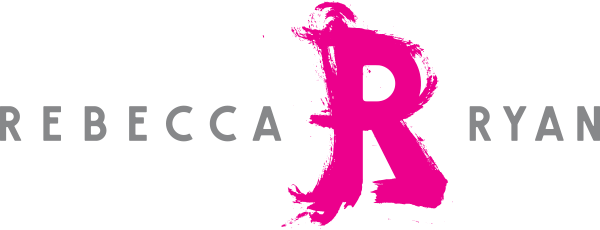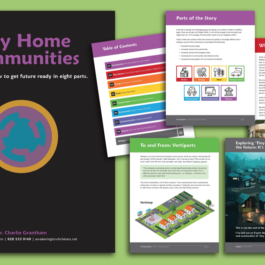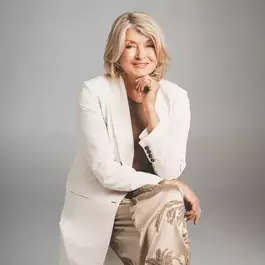What are the top 10 trends for the next ten years? Download the report here.
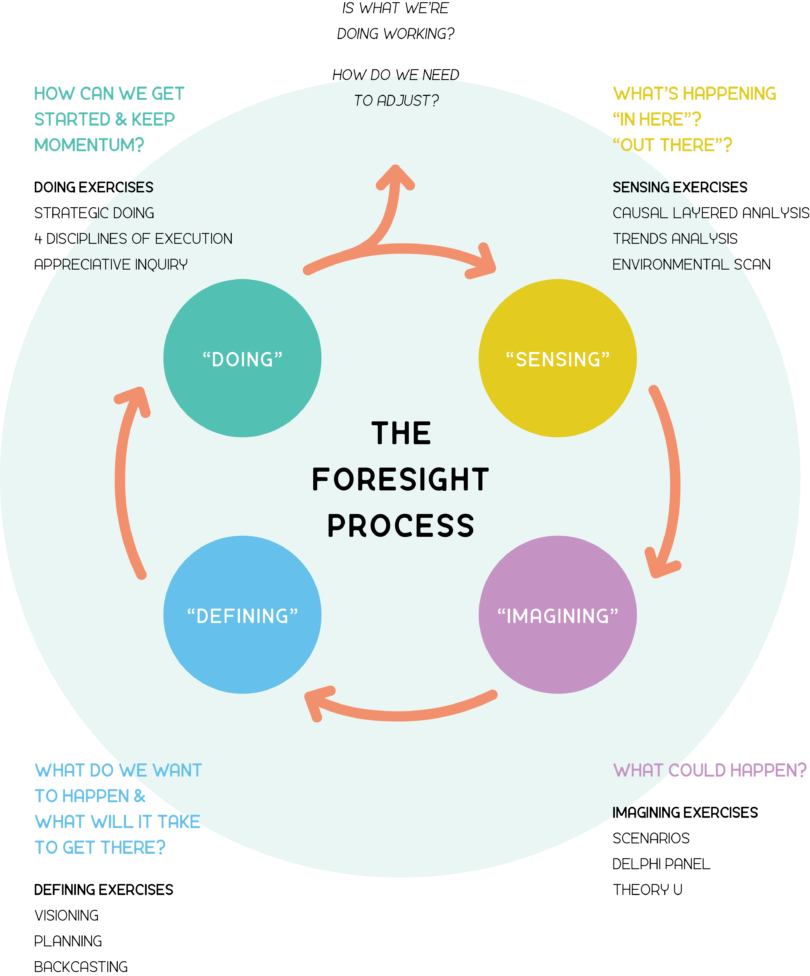
Got only 8 minutes? Watch this video: “What is Foresight” with Rebecca Ryan, APF
The most common question I’m asked is, “You’re a futurist? What is that?” Here’s my attempt to break it down in everyday terms. If you still have questions, contact us!
What do futurists do?
Professional futurists think deeply about what’s coming to help clients prepare for multiple, plausible futures. Ultimately, we help clients shape the future they want. “Strategic foresight” is a formal term for this work, looking into the future and figuring out what’s coming, so you can be ready.
Most of our clients think in 10-year horizons. Some more, some less.
Wait, you said futures with an ‘s’ as the end, plural?
Yes, professional futurists speak in terms of futures. There is no one single future, not for you and not for me. No one can predict the future. Anyone who tells you that is not, IMHO, a professional futurist.
Every person, organization, and system has multiple, plausible futures. Futures are a dynamic blend of “outside forces” (things you can’t control that happen to you, like a hurricane, an economic collapse, or a rare health diagnosis) and “inside forces” (things you can control that will also shape your future, like how well you take care of yourself and how you use your time.)
What’s more, strategic foresight is not a crystal ball or a woo-woo process. Done right, strategic foresight has guts. And data. (Lots of data). And heart. And meat. And creativity. And compelling calls to action.
Spoiler: when people learn how rigorous strategic foresight is, some freak out. “I don’t have the time do to this!” Let me push back and ask, “You don’t have the time to prepare for the future? You’d rather just do what you’ve always done, and hope for the best?”
Okay, so how does a futurist do what they do?
Many futurists use a set of tried-and-true tools (like sensemaking and scenarios). Some futurists specialize in one sector (my firm has a niche in the public sector), and some develop deep expertise in one or two foresight techniques.
My team structures our work around four phases (see image below). Each phase asks important questions to help clients see what’s coming (Sensing); how their organization might look in the future as a result of what’s coming (Imagining); what they can do to shape their preferred future (Defining); and how to develop momentum to work on their future in the midst of all the “regular work” (Doing). For an audiovisual deeper dive into these phases, check out this episode of Futures Friday here.

My organization does strategic planning. Is this the same thing?
Not quite. Strategic planning and strategic foresight are different in several important ways:
Strategic planning starts with today (usually a SWOT analysis of strengths, weaknesses, opportunities, threats). Foresight starts with the future — what’s coming? My team generally uses a STEEP trend analysis: what social, technology, economic, environmental, and political trends will shape your future? (Sensing)
Strategic planning focuses on near-term plans of three or five years. Foresight looks at 10-year and 20-year horizons (sometimes longer!) before developing plans. (Sensing, Imagining)
Strategic planning focuses on one hoped-for future. Foresight considers several plausible futures ranging from challenging to surprisingly successful. (Imagining)
Those in the C-suite generally do strategic planning with a trained facilitator. My team recommends using a blend of leaders plus Red Teams who respectfully ask tough questions.
How do organizations use strategic foresight?
In my experience:
During disruptions, organizations use foresight to anticipate what changes may still be looming and adjust their strategic plans accordingly.
Communities use strategic foresight as a community-wide visioning process.
Cities use foresight before they start their 10-year comprehensive planning process.
Organizations use the foresight process to develop their 10-year or 20-year vision and then build their five-year plan based on the vision.
Organizations use strategic foresight and include different voices (or all employees) instead of traditional strategic planning to change things up.
Here are some characteristics of future-ready organizations and communities. Do you live or work in a place like this?
> Their leaders are visionary and sometimes seen as “weird” or unusual because they don’t have a herd mentality. They’re willing to look farther into the horizon and ask tough questions (Is what we’re doing working?)
> They can make adjustments. They’re not so attached to how things are, and they can roll with the punches.
> They are constantly investing. In people. In training. In technology. There’s a certain “eustress” (positive stress) in future-ready places, a certain unease with the status quo. That’s because these people are restless about complacency. They know that “watch and wait” is not a viable strategy.
> They are genuinely interested in different points of view, because they know that having multiple perspectives is valuable and “group think” stinks of complacency.
This sounds kind of exciting. How should I get started?
Woohoo! I’m glad you’re intrigued. Below are some of my favorite resources. I also recommend practicing some techniques to soften your mind and begin thinking like a futurist, by practicing noticing and setting up a signals and sensemaking practice.
Resources for the Foresight-Curious
Futures Friday is a free, live, one-hour webinar about futures. No prior experience is needed (usually). Check out the schedule and watch past recordings here.
Our blog offers ideas, techniques, and deep dives on foresight and leadership. Check it out here.
Futurist Camp is designed to help you hone your futurist skills. Learn more here.
Institute for the Future’s “Ready, Set, Future” online course via Coursera. Learn more here.
Speaking of IFTF, their Executive Director (and my spirit animal), Marina Gorbis, wrote a great article, Five Principles for Thinking Like a Futurist here.
If you are serious about using foresight with your team or organization, let’s find a time to talk.
To find a professional futurist near you, check out the APF Directory.
My newsletter is for those in the trenches trying to make the world better for future generations. Sign up or read one of the most popular recent issues.
If you enjoyed this post, please subscribe to our newsletter.
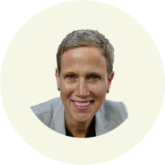
Rebecca Ryan, APF
Rebecca Ryan captains the ship. Trained as a futurist and an economist, Rebecca helps clients see what's coming - as a keynote speaker, a Futures Lab facilitator, an author of books, blogs and articles, a client advisor, and the founder of Futurist Camp. Check out her blog or watch her Q&A on how NGC helps organizations prepare for the future using Strategic Foresight. Contact Lisa Loniello for more information.
Yasemin Arikan Promoted to Director of Futures Research
NEXT Generation Consulting (NGC) announced the promotion of Yasemin Arikan to Director of Futures Research. Arikan will lead the company’s efforts to...
Is Your Housing Market Ready for Your Future?
One of the biggest problems facing many cities and towns is inadequate housing. This problem is most acute for seniors, veterans with disabilities, and low-income groups ...
Three Things Martha Stewart Gets Right About Return to Office (RTO)
The original influencer and the person who invented the "Home" retail category, Martha Stewart, became the latest CEO to tell employees to get back to the office five day...

